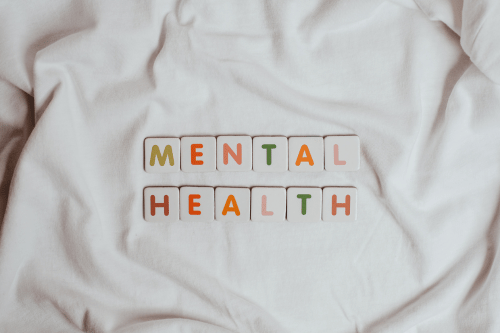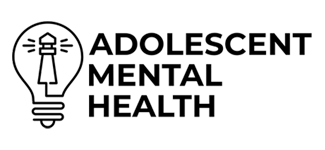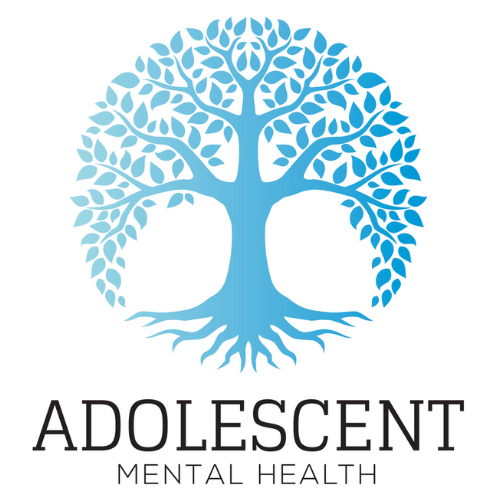Teen Co-occurring Disorders
Co-occurring disorders in teens involve both mental health disorders and a substance use disorder. These conditions often occur together, making diagnosis and treatment more of a clinical challenge. Understanding the common symptoms, causes, and treatment options can lead to early intervention and better long-term outcomes.
Understanding Co-occurring Disorders
Definition and Explanation
A co-occurring disorder means a teen is living with a mental health condition and a substance use issue at the same time. This is also called a dual diagnosis. For example, a teen with anxiety disorder might misuse substances like marijuana to self-medicate, which can worsen the condition.
Prevalence Among Teens
Disorders in adolescents are rising, with many teens showing signs of both addictive disorders and mental illness. Youth with substance use problems often have at least one comorbid disorder, such as depression, attention-deficit/hyperactivity disorder, or post-traumatic stress disorder. The European Monitoring Centre for Drugs and Drug Addiction and BMC Psychiatry report a growing number of co-occurring mental health disorders among adolescents.
Recognizing Signs and Symptoms
Behavioral Changes
Sudden behavioral shifts—such as antisocial behavior, self-harm behaviors, or defiant disorder—can indicate a co-occurring condition. Teens may withdraw, lie, steal, or engage in risky behaviors like illicit drug use.
Emotional Instability
Emotional disturbance, emotional pain, emotional regulation issues, and feelings of hopelessness often accompany mental health symptoms. Some teens may express suicidal ideation, self-injury behavior, or feelings of worthlessness.
Deterioration in Daily Functioning
A decline in academic performance, poor personal grooming, and missing responsibilities are signs of impaired daily life. These issues can stem from psychotic disorders, affective disorders, or cannabis use disorders.
Engagement in Risky Behaviors
Experimentation with drugs, drug misuse, and alcohol abuse are common among teens with co-occurring mental health conditions. Risky actions may also include unsafe sex or criminal activity, which can result in legal issues.

Common Mental Health Conditions
- Anxiety disorders: Includes generalized anxiety disorder and panic attacks.
- Depressive disorders: Often seen in depressed teens dealing with emotional disorder.
- Attention-deficit/hyperactivity disorder (ADHD): Impacts focus and impulse control.
- Bipolar disorder: Involves mood swings, from highs (mania) to lows (depression).
- Borderline personality disorder and antisocial personality disorder: Affect relationships and behavior.
- Eating disorders: Can co-occur with addiction issues.
- Post-traumatic stress disorder (PTSD): Linked to adverse childhood experiences.
- Psychotic disorders: May include episodes of psychosis and delusional thinking.
Substance Use in Adolescents
Commonly Abused Substances
Teens may use illicit substances, alcohol, nicotine, anxiolytic use disorders, or opioid use disorder. Injection drug use and alcohol use disorder are especially dangerous.
Patterns of Substance Use
Use may begin through experimentation with drugs and develop into substance misuse. Chronic use increases the risk of fatal overdose and drug overdose deaths.
Risk Factors
Genetic Predispositions
Genetic factors and genetic risk factors can increase a teen’s risk for substance use and mental health challenges.
Family History
A family history of psychiatric disorders, substance abuse, or mental disorders increases risk. Family conflicts and emotional pain may also contribute.
Environmental Stressors
Environmental stressors, such as family conflicts, trauma, or peer pressure, often act as common risk factors in the development of co-occurring mental health disorders.
Importance of Early Recognition

Benefits of Early Intervention
Recognizing symptoms early helps reduce harm. A comprehensive approach can prevent long-term recovery barriers and improve quality of life.
Impact on Long-term Outcomes
Without support, teens may face long-term health issues, addiction issues, or trouble maintaining a healthy life. Early care promotes better emotional and physical health.
Treatment Approaches
Tailored Treatment Plans
An individualized treatment plan is necessary. It should consider the co-occurring disorder, substance type, and any underlying issues.
Integrated Therapy Models
An integrated treatment or integrated approach focuses on both mental health disorders and substance abuse. Cognitive-behavioral therapy and dialectical behavior therapy are common approaches.
Role of Therapeutic Boarding Schools
A safe space like a therapeutic school can help stabilize teens. These programs combine therapy, routine, and support to manage mental health issues.
Family Involvement in Treatment
Family therapy helps the entire family understand the teen’s condition. It promotes a supportive environment and builds healthy behaviors at home.
Overcoming Challenges in Treatment
Stigma and Societal Perceptions
Teens may hide their mental disorders due to stigma. Education and open dialogue reduce shame and improve access to compassionate care.
Ensuring Continuity of Care
Sustained progress requires multiple levels of care, such as a partial hospitalization program, intensive outpatient program, and ongoing individual therapy. This ensures a smooth journey to recovery.
Role of Education and Support
Educational Programs for Teens
Teaching teens about mental health challenges, addictive substances, and co-occurring disorders treatment helps them recognize signs early and seek help.
Support Networks for Families
Support groups and help from social workers, therapists, and addiction specialists empower families. This enhances long-term success in any dual diagnosis treatment program.

FAQ's
Co-occurring disorders in teens refer to the presence of both a mental health disorder and a substance use disorder. This dual diagnosis often involves conditions like depression, anxiety, or attention-deficit/hyperactivity disorder alongside substance abuse, such as alcohol or drug use. These disorders can interact and worsen over time without proper treatment.
Common symptoms include mood swings, withdrawal from family and friends, sudden drop in academic performance, risky behaviors, and changes in personal grooming. Teens may also show signs of emotional distress like feelings of hopelessness, suicidal ideation, or compulsive behaviors. Substance use—whether occasional or frequent—can be a major red flag.
Early recognition allows for a more effective treatment plan and improves long-term outcomes. Addressing mental health symptoms and substance use issues early can prevent severe complications, including legal problems, drug overdose, and chronic mental illness. A comprehensive and integrated approach also helps restore quality of life and emotional stability.
Treatment includes an individualized treatment plan that targets both mental health and substance abuse. Options may include behavioral therapy, medication, family therapy, and support from social workers or addiction specialists. Integrated treatment programs like intensive outpatient care or therapeutic boarding schools offer structure, support, and tools for long-term recovery.









